Rigsby House Farm
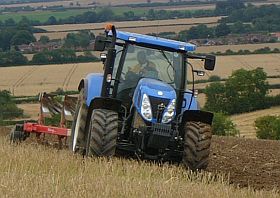
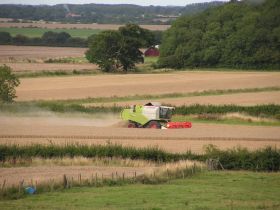
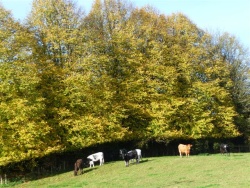
Rigsby House Farm is a 280 acre all arable unit, save for the thirty acres of Pasture. It is a family farm, run by the 2nd and 3rd generation of the Read family. Jack Read came here in 1927, renting from the Well Estate of the Rawnsley's and after a succession of Landlords from the 1950's, the current owners purchased the freehold in 1985.
Conventionally farmed, we grow crops mainly of wheat, barley, beans and oilseed rape. The grassland is traditional permanent pasture, it has never been ploughed or improved other than with modest amounts of fertiliser and minimal sprays. The cattle on the grassland are the property of a nearby farmer, and are young heifers, some of which will be used as replacements in his single-suckled beef herd.
The environment
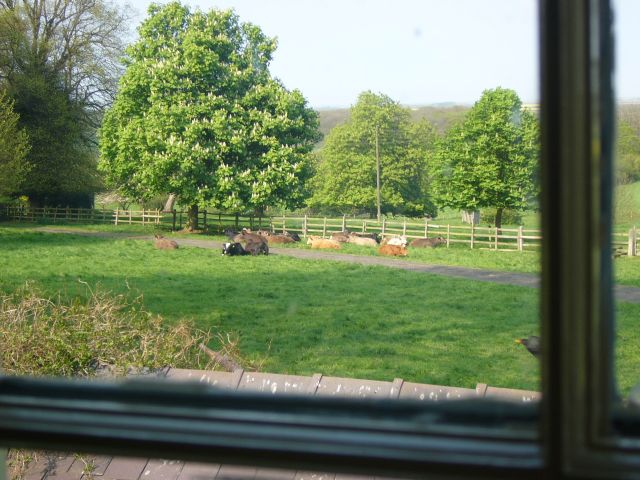
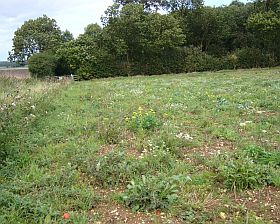
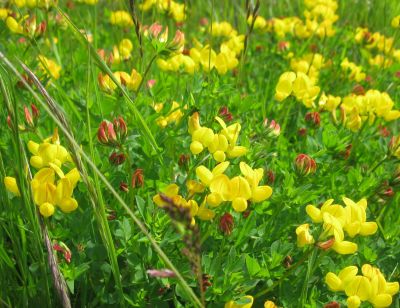
We are fortunate to live and farm in an attractive and environmentally rich area and it is our avowed intention to maintain and improve the latter where we can. The farm has been accepted into the Government's E L S, the first stage environmental scheme. The E L S scheme aims to protect and enhance existing features, with the hedges and dykes being trimmed rotationally every other year, the low input level grassland retained and the existing trees protected. Some field corners have been added, planted with species rich grass and to be mown once in five years.
We have been doing a bit more than that. For several years, now, we have been establishing grass margins around the perimeter of all our fields. These are planted with species rich grasses., some have pollen and nectar mixtures to encourage butterflies, a couple of areas are planted with wild flower blends. These margins are presently entered as our Set-a-side areas but we intend to retain most of them when that scheme ends. They give us occasional access to all our fields but they are really intended:
- To protect the boundary features from the sprays and fertilisers applied to the crops.
- To reduce any nutrients entering our drainage dykes and improve the water quality.
- To provide wildlife corridors between the nature reserves and woodlands.
- To provide feeding and nesting areas for the wildlife.
They are maintained by partial mowing on different dates to provide varying heights and structures of habitat
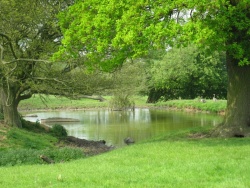

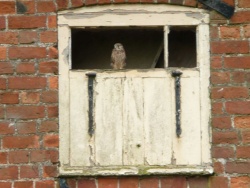
We have also been working at improving the density and structure of the hedges on the farm. On the wold land we aim to create a more compact denser hedge and eventually to replant the gaps, on the lower land a bushier hedge 2.0 to 2.5 metres high and up to 2 metres thick. They are trimmed in the autumn on a two year cycle. Although there are fewer miles of hedges in the county overall, the remainder are generally bushier, have 3 to 6 times the volume, and provide more nesting sites and fruit for bird life than they did fifty years ago.
Trees are an important part of the landscape and we have planted some 200 individual specimens over the last forty years, and have also planted two small copses.
Our aim is to farm efficiently and profitably on 90% of the land, but to maintain and improve the environmental aspects overall for the generations to come.
We love this farm - we hope you will enjoy visiting it and the rest of Lincolnshire.